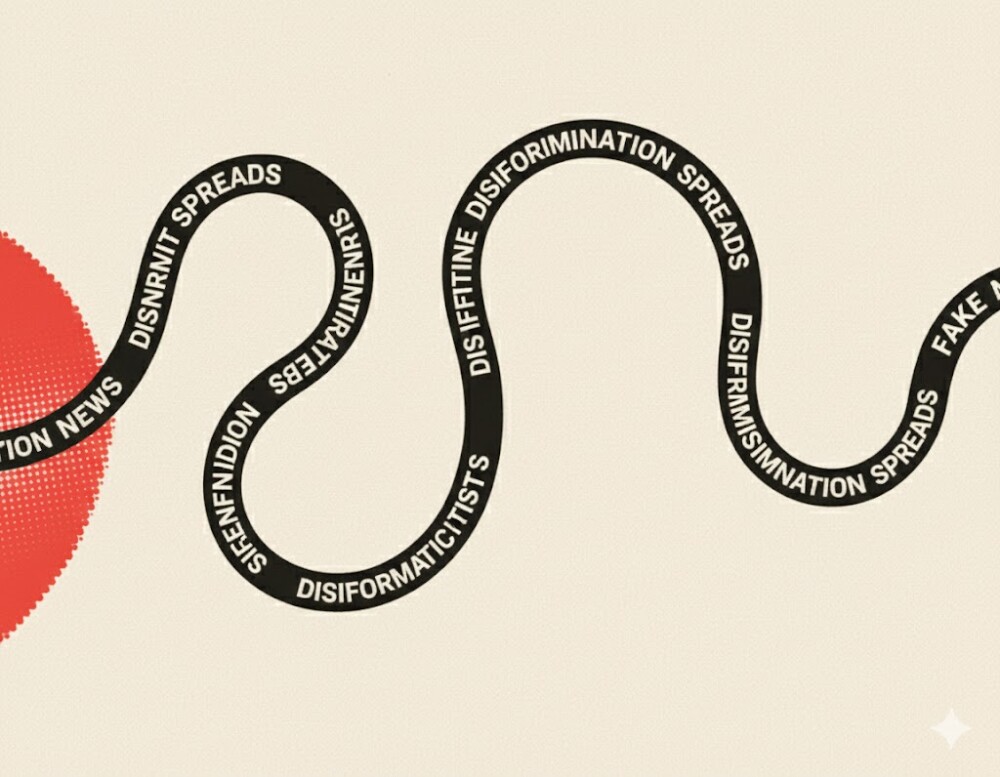Evidence overwhelmingly suggests that Russia attempted to influence the results of the 2016 US election using social media. But did its efforts to disseminate propaganda have a tangible impact on voter behaviour?
A study published in Nature analysed Twitter (now X) feeds to understand the extent to which Russia’s social media meddling achieved its intended impact. Perhaps surprisingly, it concluded that the impact of the campaign was very limited. Specifically, it found that:
- A very small proportion of just 1% of Twitter users accounted for 70% of exposure to the disinformation campaign.
- Most of the people who saw the misinformation content were Republicans, who were anyway likely to support their candidate.
- Russia’s social media propaganda was overshadowed by posts from US news and media organisations.
- Based on the data the researchers obtained, there was little evidence that the content had any meaningful influence on people’s voting behaviour or attitudes.
However, the researchers warn that we shouldn’t infer from these results that these types of foreign interference campaigns are meaningless or without impact. What’s important is how people feel about these campaigns. If the public thinks elections can be tampered with, they’re more likely to lose trust, leading to - for example - people believing accusations of voter fraud in 2020. The biggest effect of Russia’s foreign influence campaign may have been convincing Americans that the election had been rigged.






